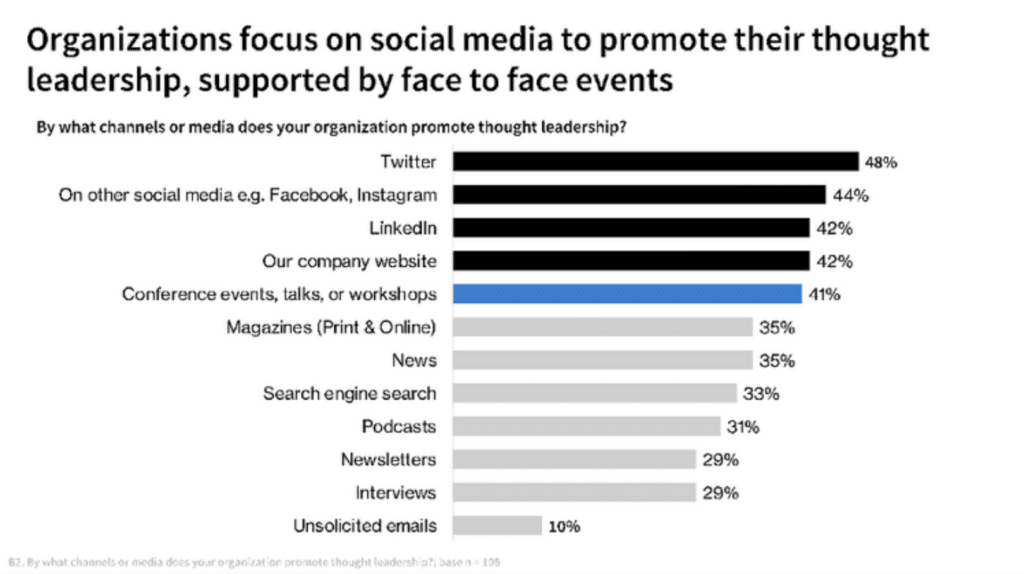
While journalists' response rates remain below 3% for the third quarter, this trend does not come as a huge surprise considering the number of newsroom layoffs so far this year.
However, while journalists are responding to fewer pitches overall (2.99%), podcast pitches are receiving responses over 16% of the time, according to Propel’s Q3 2023 Media Barometer. This is a 10% increase from Q1.
With numbers like these, podcasts might be an area for PR pros to consider.
“A niche podcast is always looking for relevant content and experts who are knowledgeable of the podcast’s subject matter to interview. I believe this increases podcasters’ receptiveness to pitches,” says Zach Cutler, Co-Founder & CEO of Propel.
Additionally, he points to podcast scheduling as a potential reason for this receptiveness. “Niche podcasters are typically thinking about what they’re going to put out well into the future…in order to have a steady stream of content, and there is pressure on podcasters to have their episodes ready and scheduled in advance to maintain their listenership.”
Of course, the cuts to newsrooms also plays a factor, Cutler believes. When it comes to podcasts, “there’s a higher likelihood that whoever you’re pitching actually has the time to respond to you. This, compared to journalists in mainstream media who, due to the massive cuts to newsrooms, might not have the time to respond to everyone due to the amount of pitches they’re receiving.”
Cutler’s advice to pitching podcasts is similar to what communicators consider when pitching any media:
- Do your research. Does the podcast have on-air guests? Does it have a high open and response rate? Does the podcast do deep dives into data? Is the content more industry news or more evergreen? By understanding what the podcast is about, as well as its format, it’ll be easier to write a compelling pitch that gets your organization on a particular podcast. The best way to do this is by listening to the podcast to understand what will get your organization on.
- Know who should pitch and who to pitch. If someone on your team already has a great relationship with the podcast, then they should be the one pitching them. In addition, some podcasts prefer you pitch the host, while some prefer you pitch the producer. Find out who to address for your pitch, and send it to them. The contact information is usually written on the podcasts's website. And if it’s not clear who to send it to, send a short, clear introductory email to someone on the show describing who you are, what you’re proposing, and asking who the best contact is to pitch.
- Make sure that a podcast is indeed the right strategy for your campaign. Is a podcast the right way to get reach the audience for your campaign? Are you over-pitching the podcast? Double pitching them? Don’t pitch a podcast for pitching’s sake.
Meanwhile, 82% of broadcast journalists and producers are annoyed by the pitches they receive, according to a 2023 TV Station Producer Report, conducted by D S Simon Media, which was sent to TV stations and local affiliates nationwide.
Despite this, 92% of stations that responded said they were open to booking an interview with a brand or nonprofit spokesperson.
The Value of Thought Leadership
In separate, but related news, 97% of business leaders believe that thought leadership provides a moderate to high return on investment, according to new research from Bospar and Reputation Leaders.
Board members, CEOs, presidents, principals and partners are more likely (54%) than departmental heads (23%) to believe thought leadership delivers a high ROI.
And, according to the survey, social media, company websites and conferences are prioritized over magazines, news and interviews.

“In our US survey of 105 C-suite executives from organizations that produce thought leadership, we found that social media (Twitter, LinkedIn, Facebook) and conferences are where most thought leadership is both published and consumed,” says Laurence Evans, CEO at Reputation Leaders.
“Interestingly, a higher percentage of executives consume thought leadership through search or newsletters. It also appears that some organizations waste marketing efforts pushing thought leadership out mainly through unsolicited emails or posting on company websites where a much less percentage of thought leadership is consumed.”
And, in a report out by H/Advisors Abernathy, Social in the C-Suite, not only are CEOs using social media more frequently, but they are increasing their posts about less formal topics. Topics outside of company news count for 25% of posts.
According to the report, the top five most active CEOs on LinkedIn posted 12 times per month, while the top five most active CEOs on Twitter posted 40 times per month. These accounts saw engagement rates at least 2% higher than average.
Still, posting occasionally can yield results; 17% of CEOS who post less than once-per-month on LinkedIn, for example, had nearly 8 times as much engagement than those posting less frequently.
